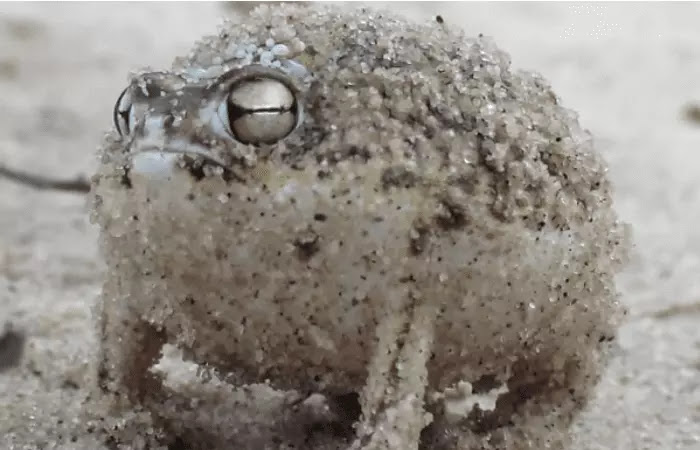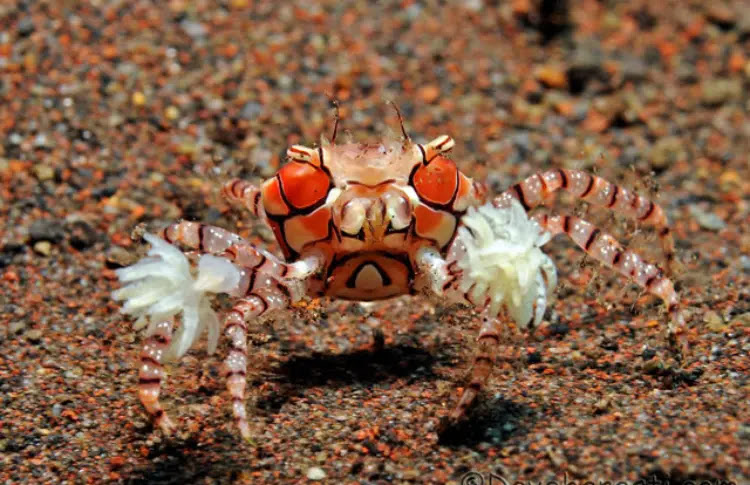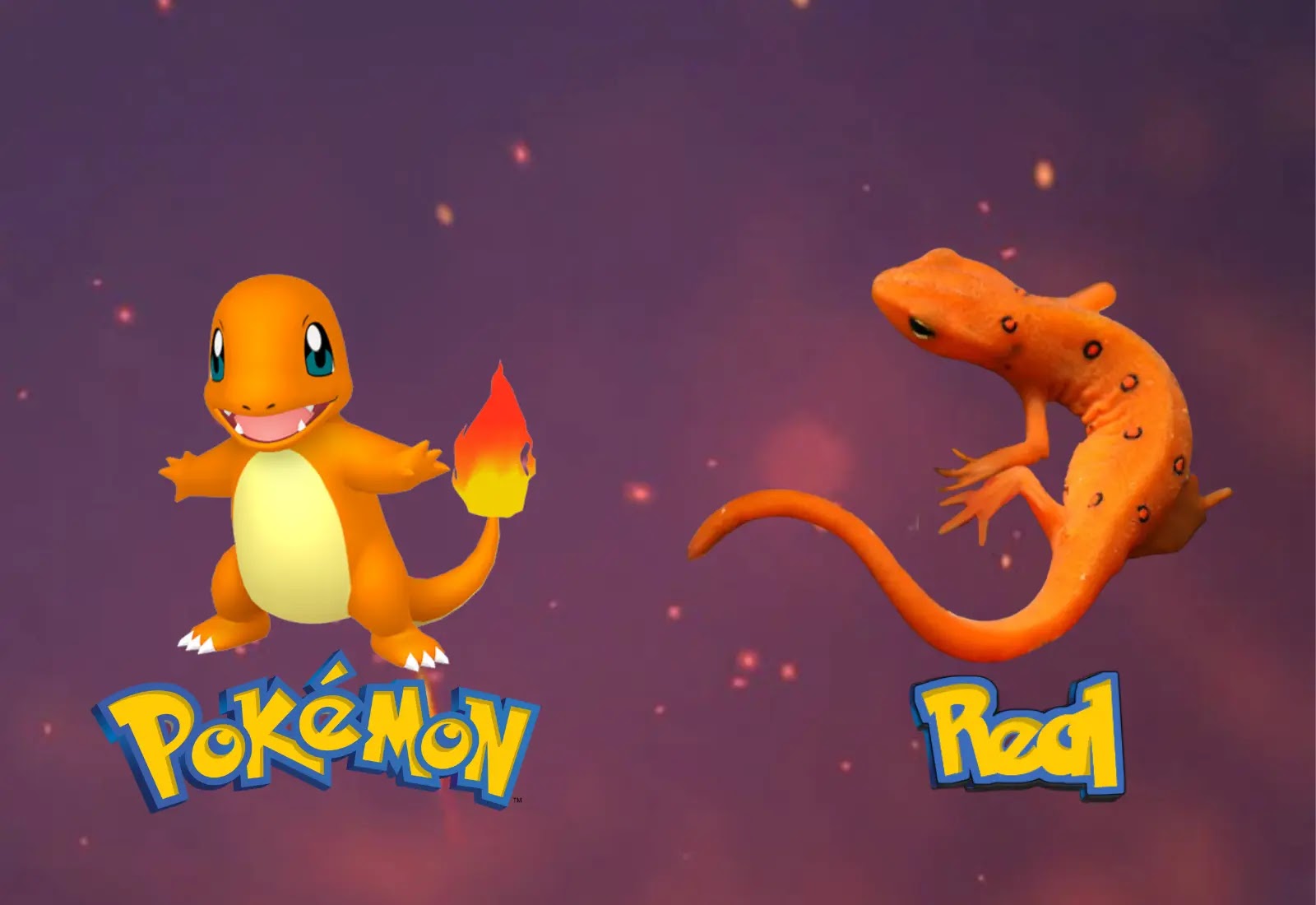Meraxes Gigas - Sickle-Clawed Carcharodontosaurid from the Late Cretaceous
Meraxes Gigas
Scientific classification
Kingdom:
Animalia
Phylum:
Chordata
Clade:
Dinosauria
Clade:
†Ornithischia
Clade:
†Ceratopsia
Family:
†Ceratopsidae
Subfamily:
†Centrosaurinae
Clade:
†Albertaceratopsini
Genus:
†Lokiceratops
Loewen et al., 2024
Species:
†L. rangiformis
| Scientific classification | |
|---|---|
| Kingdom: | Animalia |
| Phylum: | Chordata |
| Clade: | Dinosauria |
| Clade: | †Ornithischia |
| Clade: | †Ceratopsia |
| Family: | †Ceratopsidae |
| Subfamily: | †Centrosaurinae |
| Clade: | †Albertaceratopsini |
| Genus: | †Lokiceratops
Loewen et al., 2024 |
| Species: | †L. rangiformis |
Lokiceratops (meaning "Loki horned face") is an extinct genus of centrosaurine ceratopsian dinosaurs from the Late Cretaceous (Campanian) Judith River Formation of Montana, United States. The genus contains only one species, L. rangiformis, which is represented by most of the skull and some parts of the skeleton. Four other ceratopsians are known from the same geological layer as Lokiceratops, indicating a high diversity of this group during the Late Cretaceous of northern Laramidia.
Fossil remains of Lokiceratops are approximately 20% larger than those of adult Medusaceratops specimens. The skull measures about 0.95 meters (3.1 feet) in basal length and has a total length of 1.92–1.99 meters. The holotype individual was estimated to be around 6.7 meters (22 feet) long and weighed about 5 tonnes (11,000 pounds), making it one of the largest known centrosaurines.
Unlike its closest relatives, Lokiceratops seems to lack a nasal horn. The second epiparietal is greatly enlarged and blade-like, curving laterally along the frill. These horns are larger than any other known frill ossifications in centrosaurines.
The holotype specimen of Lokiceratops, EMK 0012, was discovered by Mark Eatman in 2019 at the Loki Quarry, within the Judith River Formation (McClelland Ferry Member) in Kennedy Coulee. This locality is located in the badlands near Milk River and the town of Rudyard in Hill County, northern Montana, United States, near the Canadian border. The specimen was found disarticulated but associated, with many bones showing some degree of plastic deformation due to compression.
The holotype includes numerous skull bones and fragmentary postcranial elements, comprising a posterior cervical vertebra, the synsacrum, associated dorsal and caudal vertebrae, an isolated caudal vertebra and chevron, the fused right scapula and coracoid of the pectoral girdle, and both ilia and ischia of the pelvic girdle.
After its discovery and excavation, EMK 0012 was transported to Fossilogic, a company specializing in fossil preparation. The material was prepared throughout 2021 before being molded to produce accessible plastic casts for researchers. A lifelike reconstructed skull was assembled by articulating identified bones and filling gaps with mirrored bones from the opposite side of the skull, informed by related species. A skull cast was created for display and research access at both the Natural History Museum of Utah in Salt Lake City, Utah (UMNH VP C-991) and the Royal Ontario Museum in Toronto, Canada (ROM 88670).
Once fully prepared for display, the holotype material was transferred to the Museum of Evolution (Evolutionsmuseet) at Knuthenborg Safaripark in Maribo, Lolland, Denmark, where it is now permanently housed. In 2022, following the museum's acquisition of the specimen and prior to its formal description, Knuthenborg Safaripark announced that the skeleton represented a new species of ceratopsian dinosaur to be named after a Norse deity. They also noted that the holotype specimen, nicknamed "Frederik," is one of the first distinct dinosaur species to be exhibited in Denmark.In 2024, an international team of researchers led by Mark A. Loewen and Joseph J. W. Sertich published the formal description of Lokiceratops rangiformis as a new genus and species of centrosaurine ceratopsian based on these fossil remains in PeerJ.
The genus name Lokiceratops combines a reference to Loki, the Norse god, with the Greek word "ceratops," meaning "horned face"—a common suffix in ceratopsian names. This name was chosen to highlight the similarity between the dinosaur's frill horns and the curved blades sometimes associated with Loki, as well as to honor the collaboration between researchers in the United States (where the specimen was found) and Denmark (where it is housed). The specific name, rangiformis, refers to the mammal genus Rangifer, commonly known as the caribou or reindeer, whose antlers are bilaterally asymmetrical, similar to the frill ornamentations of Lokiceratops. Thus, the full scientific name is intended to mean "Loki's horned face that resembles a caribou."
The holotype includes numerous skull bones and fragmentary postcranial elements, comprising a posterior cervical vertebra, the synsacrum, associated dorsal and caudal vertebrae, an isolated caudal vertebra and chevron, the fused right scapula and coracoid of the pectoral girdle, and both ilia and ischia of the pelvic girdle.
After its discovery and excavation, EMK 0012 was transported to Fossilogic, a company specializing in fossil preparation. The material was prepared throughout 2021 before being molded to produce accessible plastic casts for researchers. A lifelike reconstructed skull was assembled by articulating identified bones and filling gaps with mirrored bones from the opposite side of the skull, informed by related species. A skull cast was created for display and research access at both the Natural History Museum of Utah in Salt Lake City, Utah (UMNH VP C-991) and the Royal Ontario Museum in Toronto, Canada (ROM 88670).
Once fully prepared for display, the holotype material was transferred to the Museum of Evolution (Evolutionsmuseet) at Knuthenborg Safaripark in Maribo, Lolland, Denmark, where it is now permanently housed. In 2022, following the museum's acquisition of the specimen and prior to its formal description, Knuthenborg Safaripark announced that the skeleton represented a new species of ceratopsian dinosaur to be named after a Norse deity. They also noted that the holotype specimen, nicknamed "Frederik," is one of the first distinct dinosaur species to be exhibited in Denmark.In 2024, an international team of researchers led by Mark A. Loewen and Joseph J. W. Sertich published the formal description of Lokiceratops rangiformis as a new genus and species of centrosaurine ceratopsian based on these fossil remains in PeerJ.
The genus name Lokiceratops combines a reference to Loki, the Norse god, with the Greek word "ceratops," meaning "horned face"—a common suffix in ceratopsian names. This name was chosen to highlight the similarity between the dinosaur's frill horns and the curved blades sometimes associated with Loki, as well as to honor the collaboration between researchers in the United States (where the specimen was found) and Denmark (where it is housed). The specific name, rangiformis, refers to the mammal genus Rangifer, commonly known as the caribou or reindeer, whose antlers are bilaterally asymmetrical, similar to the frill ornamentations of Lokiceratops. Thus, the full scientific name is intended to mean "Loki's horned face that resembles a caribou."
C lassification
To determine Lokiceratops' relationships, Loewen et al. (2024) conducted a phylogenetic analysis. Based on several anatomical features—including the presence of more than six epiparietals on each side of the frill, large flat blade-like epiparietals, a round premaxillary external narial fossa, and a fan-like squamosal—they identified it as a member of the centrosaurine ceratopsian subfamily. Specifically, they found it to be the sister taxon to the clade consisting of Albertaceratops and the contemporaneous Medusaceratops. Loewen et al. named the clade to which these three species belong Albertaceratopsini. All three genera share a rounded frontoparietal fontanelle, unlike the narrow fontanelles seen in some other centrosaurines. Their results are shown in the cladogram below, along with comparative illustrations of well-known genera with reconstructed frills.
Following the peer-reviewed description of Lokiceratops, some paleontologists raised concerns about its validity and distinction from its closest relatives, Albertaceratops and Medusaceratops. Paleontologist Denver Fowler pointed out that some ceratopsians, such as the well-studied Triceratops, show noticeable morphological changes throughout their lives. He also suggested that some of Lokiceratops' anatomical features might actually indicate a fully mature Medusaceratops rather than a distinct species, noting that in mature Triceratops, the brow horns are hollow compared to the solid horns of younger individuals. This suggests there may be some degree of intraspecific variability within centrosaurines.
Following the peer-reviewed description of Lokiceratops, some paleontologists raised concerns about its validity and distinction from its closest relatives, Albertaceratops and Medusaceratops. Paleontologist Denver Fowler pointed out that some ceratopsians, such as the well-studied Triceratops, show noticeable morphological changes throughout their lives. He also suggested that some of Lokiceratops' anatomical features might actually indicate a fully mature Medusaceratops rather than a distinct species, noting that in mature Triceratops, the brow horns are hollow compared to the solid horns of younger individuals. This suggests there may be some degree of intraspecific variability within centrosaurines.
Paleoenvironment

The fossil remains of Meraxes were discovered in the Huincul Formation. A significant variety of taxa are known to have inhabited this ancient environment. Theropods from the formation include the paravian Overoraptor, the elaphrosaurine Huinculsaurus, the abelisaurs Skorpiovenator, Tralkasaurus, and Ilokelesia, the megaraptoran Aoniraptor, and the fellow giant carcharodontosaurid Mapusaurus. Meraxes was unearthed in an older rock layer than Mapusaurus, so it is improbable they coexisted. The herbivores of the region are represented by the rebbachisaurid sauropods Cathartesaura and Limaysaurus, the titanosaurs Argentinosaurus, Choconsaurus, and Chucarosaurus, and indeterminate iguanodonts.
References
- Canale, Juan I.; Apesteguía, Sebastián; Gallina, Pablo A.; Mitchell, Jonathan; Smith, Nathan D.; Cullen, Thomas M.; Shinya, Akiko; Haluza, Alejandro; Gianechini, Federico A.; Makovicky, Peter J. (July 2022). "New giant carnivorous dinosaur reveals convergent evolutionary trends in theropod arm reduction". Current Biology. 32 (14): 3195–3202.e5. Retrived on March 5, 2024, from https://doi.org/10.1016/j.cub.2022.05.057 .
- Cullen, Thomas M.; Canale, Juan I.; Apesteguía, Sebastián; Smith, Nathan D.; Hu, Dongyu; Makovicky, Peter J. (25 November 2020). "Osteohistological analyses reveal diverse strategies of theropod dinosaur body-size evolution". Proceedings of the Royal Society B: Biological Sciences. 287 (1939): 20202258.
Retrived on Feb 11, 2023, from https://doi.org/10.1098/rspb.2020.2258.
- Henderson, Donald M. (2023). "Growth constraints set an upper limit to theropod dinosaur body size". The Science of Nature. 110 (1). 4.
Retrived on Feb 11, 2023, from https://doi.org/10.1007/s00114-023-01832-1.
- Currie, Philip J.; Carpenter, Kenneth (2000). "A new specimen of Acrocanthosaurus atokensis (Theropoda, Dinosauria) from the Lower Cretaceous Antlers Formation (Lower Cretaceous, Aptian) of Oklahoma, USA". Geodiversitas. 22 (2): 207–246.
Retrived on Feb 11, 2023, from https://www.researchgate.net/publication/40662847_A_new_specimen_of_Acrocanthosaurus_atokensis_Theropoda_Dinosauria_from_the_Lower_Cretaceous_Antlers_Formation_Lower_Cretaceous_Aptian_of_Oklahoma_USA.
- Motta, M.J., Agnolín, F., Brissón Egli, F. et al. New theropod dinosaur from the Upper Cretaceous of Patagonia sheds light on the paravian radiation in Gondwana. Sci Nat 107, 24 (2020).
Retrived on Feb 11, 2023, from https://doi.org/10.1007/s00114-020-01682-1.
- M.A. Cerroni, M.J. Motta, F.L. Agnolín, A.M. Aranciaga Rolando, F. Brissón Egli, F.E. Novas,
A new abelisaurid from the Huincul Formation (Cenomanian-Turonian; Upper Cretaceous) of Río Negro province, Argentina,Journal of South American Earth Sciences,
Volume 98,
2020,
102445,
ISSN 0895-9811,
Retrived on Feb 11, 2023, from https://doi.org/10.1016/j.jsames.2019.102445.
- Mattia A. Baiano, Rodolfo A. Coria, Andrea Cau, A new abelisauroid (Dinosauria: Theropoda) from the Huincul Formation (lower Upper Cretaceous, Neuquén Basin) of Patagonia, Argentina,
Cretaceous Research,
Volume 110,
2020,
104408,
ISSN 0195-6671,
Retrived on Feb 11, 2023, from https://doi.org/10.1016/j.cretres.2020.104408.
- Federico L. Agnolin, Bernardo J. Gonzalez Riga, Alexis M. Aranciaga Rolando, Sebastián Rozadilla, Matías J. Motta, Nicolás R. Chimento, Fernando E. Novas, A new giant titanosaur (Dinosauria, Sauropoda) from the Upper Cretaceous of Northwestern Patagonia, Argentina,
Cretaceous Research,
Volume 146,
2023,
105487,
ISSN 0195-6671.
Retrived on Feb 11, 2023, from https://doi.org/10.1016/j.cretres.2023.105487.










Comments
Post a Comment